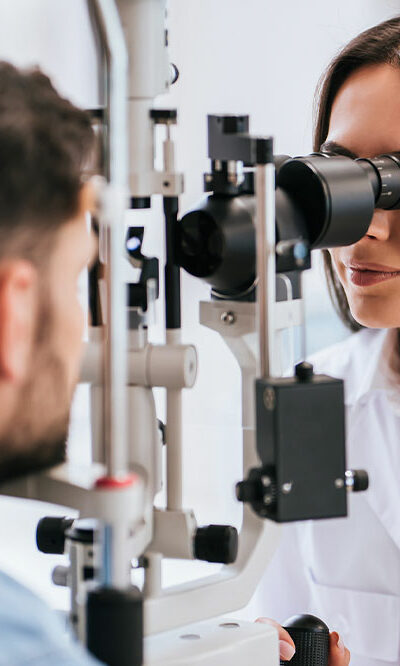
13 warning signs of Huntington’s disease
Huntington’s disease (HD) is a rare neurological disorder that affects the brain’s nerve cells over time. A progressive decline in motor skills, cognitive function, and emotional well-being characterizes it. While the onset of symptoms can vary from person to person, recognizing the warning signs is crucial for early diagnosis and management. Here are some of the key indicators or early warning signs that may signal the presence of Huntington’s disease. What is Huntington’s disease? Huntington’s disease (HD) is a hereditary disorder caused by a mutation in the HTT gene, producing an abnormal form of the huntingtin protein. This mutated protein gradually damages certain areas of the brain, particularly the basal ganglia and cerebral cortex, which play crucial roles in regulating one’s emotions, memory, physical actions, and the ability to perform mental tasks, including thinking and decision-making. The condition has been closely linked to diabetes and abnormal changes in one’s glucose metabolism. A physical examination and a blood test often lead to its diagnosis. Warning signs of Huntington’s disease Involuntary and jerky movements Individuals may notice involuntary movements, known as chorea, which often begin subtly and gradually worsen over time. These movements can manifest as cramps, tremors, or other jerky motions that affect the body’s arms, legs, face, and other parts. These movements are often unpredictable, irregular, brief, and may look odd. When the disease is early, a person may simply appear fidgety. If the condition worsens, individuals may lose significant control over their motor functions. Lack of coordination A general lack of coordination may not be problematic, but if it is recurring and disruptive, it may indicate HD. Here, individuals may face challenges in walking, driving, multitasking, maintaining balance, and performing everyday tasks. The overall movements may also be slow and rigid. The progressive nature of this neurodegenerative disorder worsens these coordination issues.










